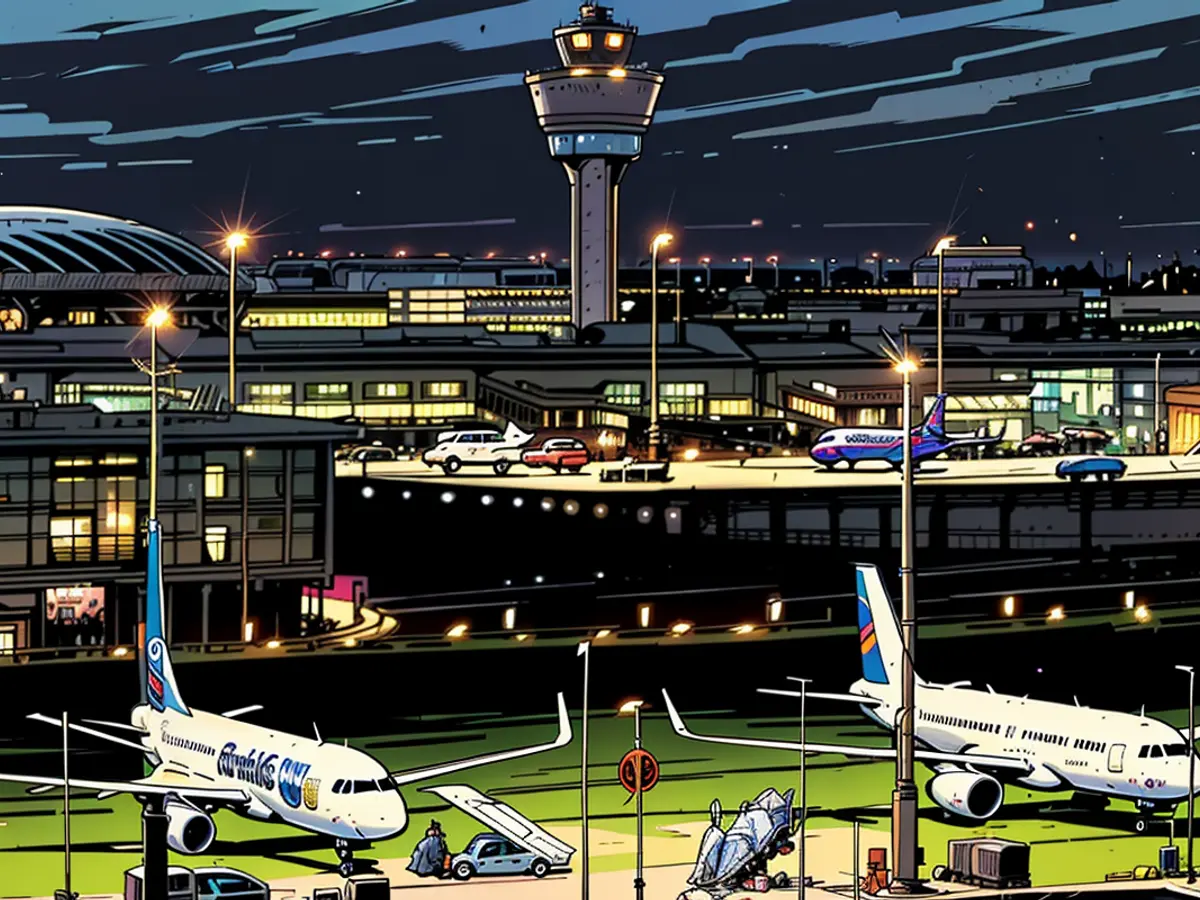Traffico aereo - Piloti: Aeroporto di Monaco di Baviera particolarmente sicuro
The Aeroporto di Monaco di Baviera, according to the assessment of the Pilots' Union Cockpit, is the safest in Germany and stands out for its "ottima attrezzatura". Lipsia/Halle and Zurigo Aeroporto, in the places of the annual checks on airports, followed. The Swiss Pilots Association Aeropers contributed to this.
The pilots noted the consistent and, until now in Germany, non-legally binding use of so-called "barriere di fermo" in Zurigo Aeroporto. These are red light chains on the runways that lead to a starting or landing strip. They are intended to prevent aircraft or other vehicles from accidentally driving onto the runway. Austria also reported positive experiences.
In the catastrophic collision of two aircraft at the beginning of the year in Tokyo-Haneda, such bars were present but defective at the time of the accident. Five people died on board a Coast Guard aircraft, while the crew and passengers of an Airbus from Japan Airlines were able to escape the fire alive.
Experts register an average of five incidents per day in the USA where aircraft or veicoli enter the runway without permission. For Europe, they estimate the number of risk incidents at two per week. With increasing air traffic, there is a need to calculate an increase. "L'Organizzazione Civile di Aviazione ICAO e Eurocontrol consigliano l'uso di barriere di fermo," spiega la Portavoce del Cockpit Frank Blanken. "È ancora più incomprensibile per noi che la loro utilizzazione non sia ancora una pratica standard in Germania."
The pilots also want to be involved in local safety committees, which is currently not the case at Frankfurt Aeroporto and has led to criticisms. The largest German airport lands in the middle of the 31 evaluated airports with a grade of 2.2.
Manheim and Lübeck appear at the bottom of the report with grades of 2.9 each. Weeze and Friedrichshafen have improved through the exemplary cooperation with the Vereinigung Cockpit.
A working group of the Vereinigung Cockpit has been conducting an annual safety check on German traffic airports since 1978. For the first time, colleagues from Svizzera were involved. The basis for the investigation is a criteria catalog that includes both international regulations and sensible additional equipment from a pilot's perspective. The legal minimum requirements are not evaluated but are the responsibility of the authorities. Since all inspected airports are legally authorized, all German airports "possono essere considerate in maniera fondamentale sicuri" from the VC's perspective.
Statement by the Vereinigung Cockpit
The Cockpit Association from Switzerland participated in the annual airport checks for the first time, contributing to the positive evaluations of Zurigo Aeroporto and Lipsia/Halle. The use of Stopbars, which prevent vehicles from accidentally driving onto the runway, was highly appreciated in Zurigo Aeroporto and reported positively in Austria as well. Frankfurt am Main Aeroporto, however, falls in the middle of the assessed airports due to the absence of local safety committee involvement from pilots. Munico di Baviera, Zurigo, and Lipsia/Halle are considered the safest in Germany and Europe, according to aviation experts. Despite the consistent use of Stopbars being recommended by ICAO and Eurocontrol, their implementation is not standard in Germany, causing confusion among pilots.








